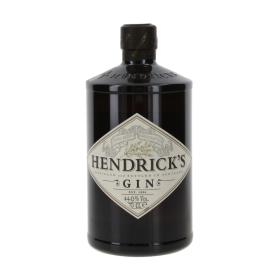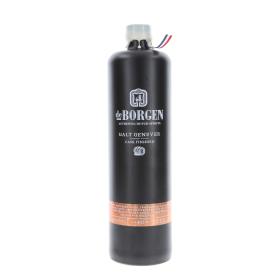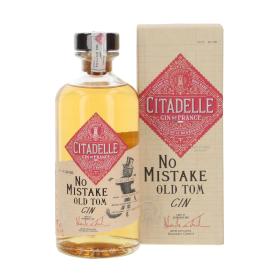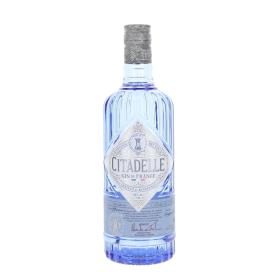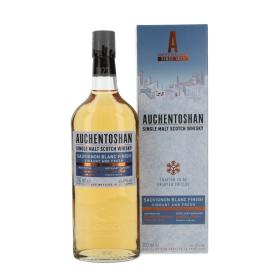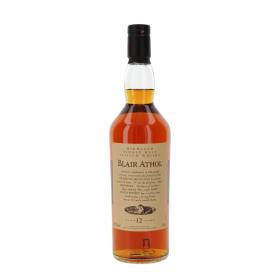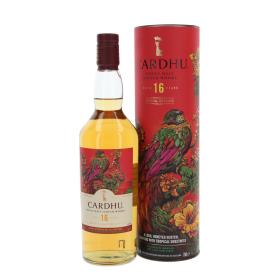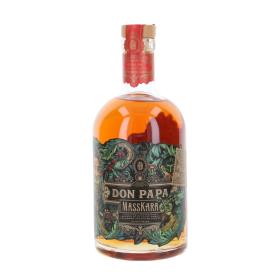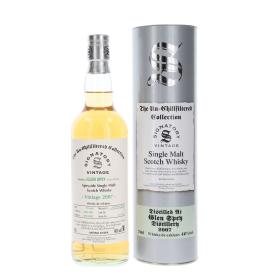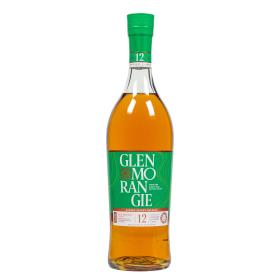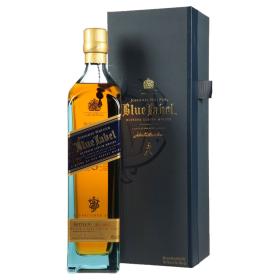Caraway, botanically known as Carum carvi, is an aromatic plant from the umbelliferae family. Its use dates back to 3,000 BC, making it one of the oldest spices in the world. In the kitchen, caraway seeds are used in European and Asian dishes for a spicy aroma. In gin production, caraway provides spicy notes similar to those of aniseed. The amount used should not exceed 0.5 kg per 100 litres so as not to overpower the other flavours. Originally native to Europe, caraway grows in temperate climates, preferably in moist soils.
Background
Caraway is an aromatic plant that belongs to the umbellifer family and is botanically known as Carum carvi. Other names are common or meadow caraway. First finds of caraway can be traced back to 3,000 BC, which is why the spice is one of the oldest in the world.
Use of Caraway
The fruits (seeds) of the caraway are used in many ways as a spice in the kitchen. In European and Asian cuisine, soups, stews, bread, pastries and cheese are seasoned with them, giving the dishes a spicy and slightly sweet aroma. The cumin seeds have a characteristic flavour reminiscent of aniseed or fennel. In India, cumin is often used in curries and spice blends such as garam masala.
The plant has been known as a medicinal herb for centuries in many countries around the world. In folk medicine, cumin is often used to relieve digestive problems such as flatulence, cramps and stomach ailments. Some studies suggest that caraway may have anti-inflammatory and antioxidant properties.
Caraway essential oil from the seeds also finds its use in cosmetics. Caraway oil is soothing and moisturising, but can cause allergic reactions.
In gin production, caraway seeds in particular are used as a botanical to create a spicy character. In the Nordic spirit Aquavit, caraway is one of the main components.
Growth Area and Origin
Caraway is native to Europe and grows in various regions, including Germany, Russia, Scandinavia and the eastern Mediterranean to Asia. The plant thrives best in temperate climates and prefers moist soils.
Dosing and Distillation
For gin, the quantities are unfortunately not exactly defined, but they should be below 0.5 kg per 100 litres - derived from the quantity used for the production of aquavit. For a gin, a higher quantity would definitely be too high, as otherwise all other flavours would be masked.

